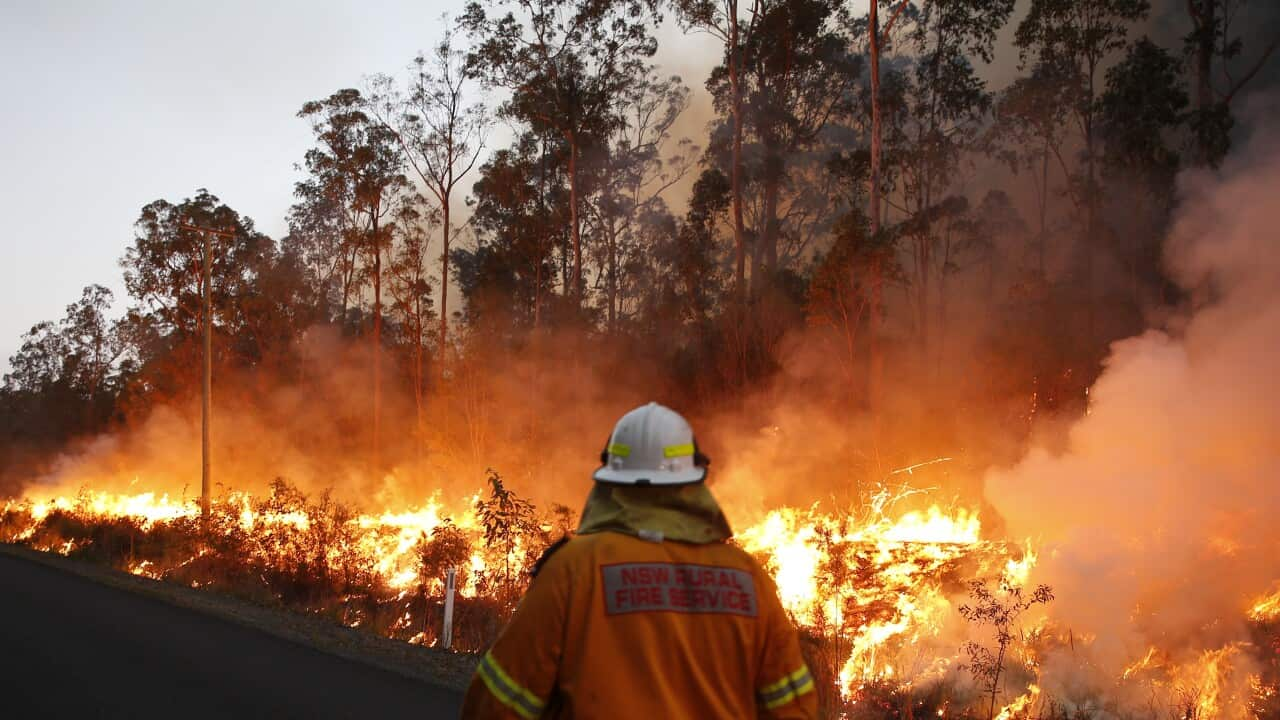Proactive Home Security: Leveraging the Insights of a BAL Report
Proactive Home Security: Leveraging the Insights of a BAL Report
Blog Article
How BAL Report Impacts Bush Fire Defense Steps
In the realm of bush fire defense, the Building Assault Degree (BAL) report stands as an essential device that substantially influences the safety and durability of residential or commercial properties in fire-prone locations - BAL Report. The impact of a BAL analysis prolongs far past mere documents; it offers as the keystone for establishing the appropriate building and construction criteria and fire security actions required to alleviate the risks positioned by bushfires. As areas grapple with significantly serious fire seasons, understanding just how the BAL report forms these safety steps ends up being critical for building contractors, house owners, and policymakers alike
Understanding the Bushfire Attack Level

Significance of BAL Record Assessment

Additionally, the BAL report assessment works as a foundational step in following legal obligations and needs associated with bushfire protection. Local councils and authorities often mandate the entry of a BAL report as part of the preparation and structure authorization process to guarantee that buildings are adequately guarded versus bushfire risks. Failing to perform an extensive BAL record analysis can cause insufficient defense procedures, leaving residential properties vulnerable to devastating bushfire cases.
Building Specifications Based on BAL
A comprehensive understanding of the Bushfire Strike Degree (BAL) makes it possible for homeowner to execute building standards tailored to their certain threat profile. Construction requirements based on BAL are vital in minimizing the impact of bushfires on residential or commercial properties. The BAL ranking categorizes the prospective danger a residential or commercial property deals with during a bushfire on a range from BAL-Low to BAL-FZ (Flame Area) Each BAL level corresponds to specific building demands described in the Australian Typical AS3959-2018 Building And Construction of Buildings in Bushfire-Prone Locations. As an example, residential or Check Out Your URL commercial properties identified as BAL-Low might just require basic procedures such as clearing debris and maintaining gardens, while those in higher BAL classifications require more robust actions like ember screens, fire-resistant products, and sealed windows. Abiding by these construction requirements not just enhances the structural resilience of the home yet additionally boosts the overall security of locals during a bushfire occasion. Residential or commercial property owners have to carefully consider their BAL score and abide with the matching construction standards to properly protect their homes and owners.
Executing Fire Security Actions
With the foundation of construction criteria based on Bushfire Assault click over here now Degree (BAL) in area, the emphasis currently changes in the direction of the sensible execution of fire protection measures to strengthen homes against bushfire threats. Passive actions consist of utilizing fire-resistant building products, mounting ash guards on vents, sealing voids in roofs and walls, and preserving a clear space around the residential or commercial property cost-free from combustible vegetation. By integrating both passive and energetic techniques, properties can dramatically reduce their susceptability to bushfire occurrences and boost the safety and security of occupants.
Safeguarding Homes Versus Bushfires
Successfully safeguarding homes against the damaging influences of bushfires needs a aggressive and comprehensive technique to fire protection steps. Home owners staying in bushfire-prone locations need to focus on the execution of different methods to boost their home's durability versus wildfires. One fundamental element is creating a defensible space around the home by preserving a clear zone devoid of combustible materials. This consists of routinely cutting greenery, getting rid of dead plants, and guaranteeing a secure range between trees and frameworks. Installing fire-resistant roof materials can also dramatically minimize the threat of coal strikes and straight fire contact. Furthermore, sealing voids and vents to avoid ash breach, along with integrating fireproof windows and doors, can aid fortify the home's defense against bushfires. Buying a trustworthy water source, such as a properly maintained sprinkler system or a committed water container, is crucial for supplying water Our site throughout fire emergencies - BAL Report. By embracing a positive position and integrating these safety steps, house owners can substantially increase their chances of securing their homes versus bushfires.
Conclusion
To conclude, the Bushfire Assault Degree (BAL) report plays an important function in figuring out the required security steps against bushfires. By evaluating the BAL, construction requirements can be customized to reduce the risks and make sure the safety and security of homes in fire-prone locations. Executing fire security steps based upon the BAL record is important in guarding properties from prospective bushfire dangers. It is necessary for house owners to focus on BAL assessments and comply with suggested building and construction requirements to improve bushfire strength.
In assessing bushfire risk to properties, understanding the Bushfire Strike Level (BAL) is a crucial element for applying efficient defense measures. Overall, a clear understanding of the Bushfire Strike Level is crucial for carrying out adequate protection actions and minimizing the effect of bushfires on residential properties.

Report this page